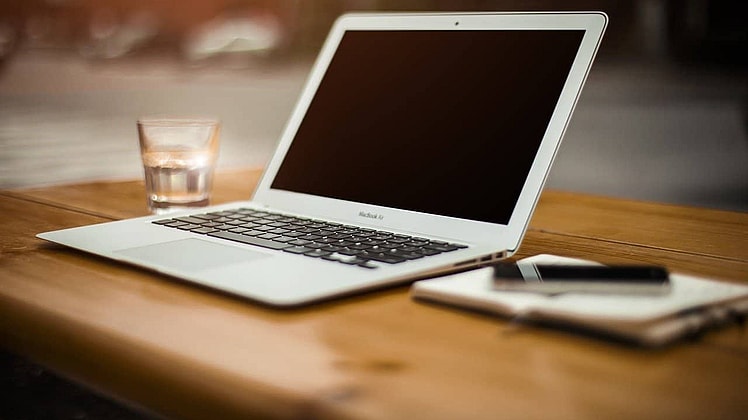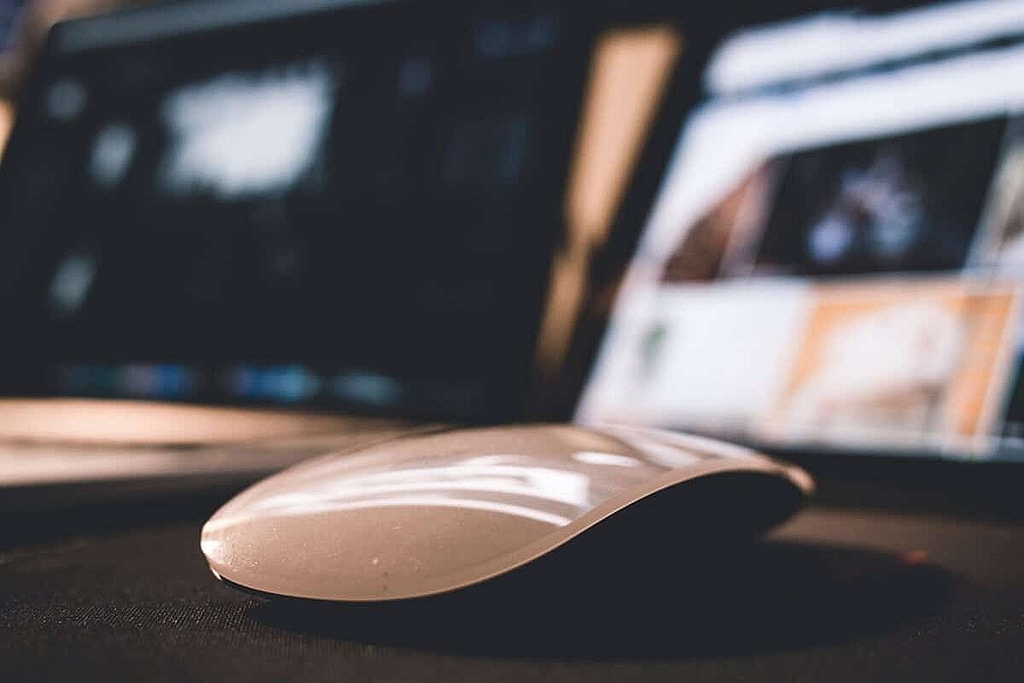
Always clean up your Apple Mac’s files, software, and storage to keep it running at optimum speeds. It’s simple to do and best of all, you don’t need expensive tools or subscriptions — it can be done for free.
Think of cleaning up your Apple Mac like spring cleaning, neither has to be daunting.
This step-by-step guide gives you eight techniques to optimize your Apple Mac computer manually. The first step is knowing that every step is optional and user-friendly. Plus, you don’t have to complete this guide, just one or two steps could make a huge difference to your system’s performance.
Will I lose my pictures and files?
Rest assured, your pictures and important documents are safe. When cleaning up your Apple Mac computer, you can pick and choose which steps to take. This means you don’t have to go near your important pictures and files.
Will I lose important software?
The step-by-step process does target software but you are picking what to get rid of. This means the software you do use won’t be affected.
Is it easier to use specialist software?
There is a lot of good software available, none better than CleanMyMac, a free-to-use software application that will automate almost every step in this guide in 10 minutes.
The downside to using specialist software is that you never get to see exactly what’s being done to clean up your Apple Mac. By doing the steps manually you can pick and choose what gets deleted specifically.

What slows down your Apple Mac
Large files, system junk, software leftovers, trash, and email attachments are the main culprits of system slowdown. The following eight manual techniques target these culprits with the specific purpose of optimizing your Apple Mac’s speed.
#1. Clear system and web cache
The cache is meant to be temporary but these troublesome files have a tendency to linger and build up over time. To clean up your Apple Mac system cache follow these steps:
- Close all windows on the desktop
- From the ‘Finder’ menu click ‘Go’, then ‘Go to Folder’ or press Shift-Command-G
- Search for the following – ~/Library/Caches
- Select all the files in the new window or press Command-A
- Once the files in the ‘Caches’ folder are selected, delete them
- Remember to clear ‘Trash’ after deleting
To clean web cache follow these steps:
- Open ‘Safari’
- From the dropdown menu click ‘Safari’ and then ‘Preferences’
- Next click the ‘Advanced’ tab.
- Click ‘Show Develop menu in menu bar’, this will unlock a new option in Safari’s menu bar
- On the ‘Safari’ menu bar click ‘Develop’
- From the dropdown menu click ‘Empty Cache’
- Again, remember to clear your ‘Trash’
#2. Delete software you don’t use
When you clean your Apple Mac always follow the rule, if you’re not using it, don’t keep it. Some software has dedicated uninstallers that will clear all files quickly and easily. If there is no uninstaller follow these steps for the software you want to remove:
- Open the ‘Applications’ folder under the ‘Go’ menu in Finder
- Right-click on the software you want to get rid of
- From the dropdown menu click ‘Move to Trash’
- After the software is removed, use Spotlight to find the remaining files inside folders and delete them. This can be a time-consuming process.
- Once you have finished deleting software and associated files, open ‘Trash’ and empty it.
#3. Cut down on startup software
Every piece of software that tries to load up and log in when your computer starts can cause a slowdown. Clean up your Apple Mac’s loading time and follow these steps to customize the startup:
- Open ‘System Preferences’
- Select ‘Users & Groups’
- If the Apple Mac is used by multiple people, make sure to click your username
- Click the ‘Login Items’ tab
- Use the ‘+’ and ‘-’ buttons to add and remove software on the startup
#4. Remove old email attachments
If you’ve ever double-clicked an email attachment it has been saved to your hard drive. Over time, this can fill up a lot of space. Follow these steps to clean up your Apple Mac’s old email attachments:
- Either use the ‘Spotlight’ magnifying glass or press Command-Space
- Once the search field appears type – Mail Downloads
- Press ‘Go’ to load up the ‘Mail Downloads’ folder
- Select all the files and ‘Move to Trash’
- Remember to open ‘Trash’ and empty
#5. Clean up your Apple Mac’s backups and disk images
Backups are invaluable but keeping too many can fill up your hard drive quickly. You should make sure your backups are up to date and that any old backups are removed. The same is true for disk images (DMGs). Follow these steps to clean up both:
- On the Apple menu click ‘About This Mac’
- Then click ‘Storage’ and then ‘Manage’
- Next click ‘Review Files’
- From the options select ‘iOS Files’
- Delete the old backups you no longer need
- Clear your ‘Trash’ once done
To delete DMGs:
- Either use the ‘Spotlight’ magnifying glass or press Command-Space
- Once the search field appears type – Disk Image
- Press ‘Go’ to load up the ‘Disk Image’ folder
- Select all the files you want to delete that have the file extension *.dmg
- Delete the selected files
- Remember to open ‘Trash’ and empty
#6. Remove unnecessary language files
Clean up your Apple Mac computer and delete the installed language files you’ll never need. Follow these steps to free up another 1GB of space:
- Right-click on an application
- Click ‘Show Package Contents’ and then ‘Resources’
- Select folders ending with ‘lproj’, except the ones you want to keep (en is English)
- Move selected folders to ‘Trash’
- Continue to do this per application. This can be a time-consuming process.
- Once done, empty the ‘Trash’
#7. Manage your desktop
Your desktop takes up system resources. Follow these three rules to clean up your Apple Mac’s desktop to keep it optimized:
- Reduce the number of icons on your desktop
- Reduce the number of folders on your desktop
- Use a simple color background rather than an image
The clearer your desktop, the more impact managing it will have.
#8. Free up more hard drive space
Your Apple Mac needs more than 20% of free space on its main hard drive to run well, so moving large and old files off the main hard drive regularly is important. Fortunately, Apple has an in-built tool that’s perfect for managing space:
- On the Apple menu click ‘About This Mac’
- Then click ‘Storage’
- On this screen, you can see how much storage space you have
- Click ‘Manage’ to continue
- From the ‘Recommendations’ click ‘Optimize Storage’ to remove viewed movies and shows from iTunes
- Next click ‘Review Files’ to continue
- From the options ‘Documents’, ‘Music Creation’, ‘Photo’, and ‘Podcasts’ delete files you no longer need, or that you have backed up.
What tips and techniques do you use to clean up your Apple Mac computer and keep it running full speed? Let us know in the comments below.
